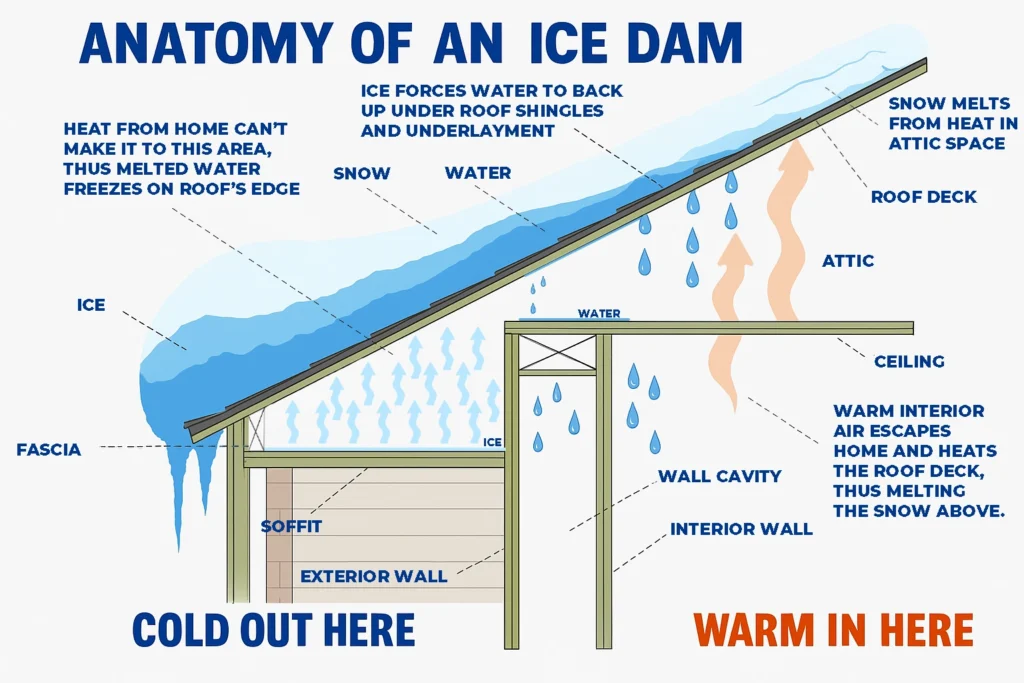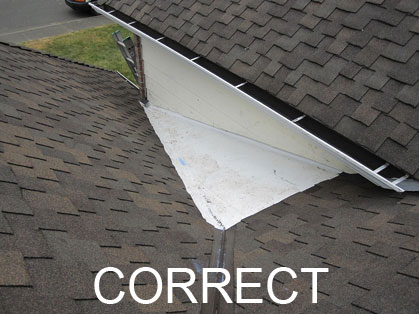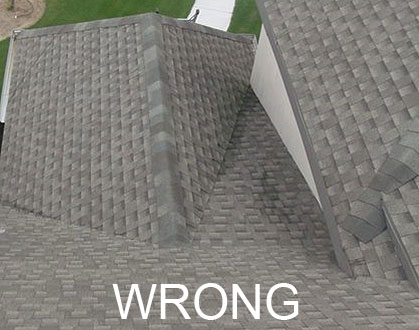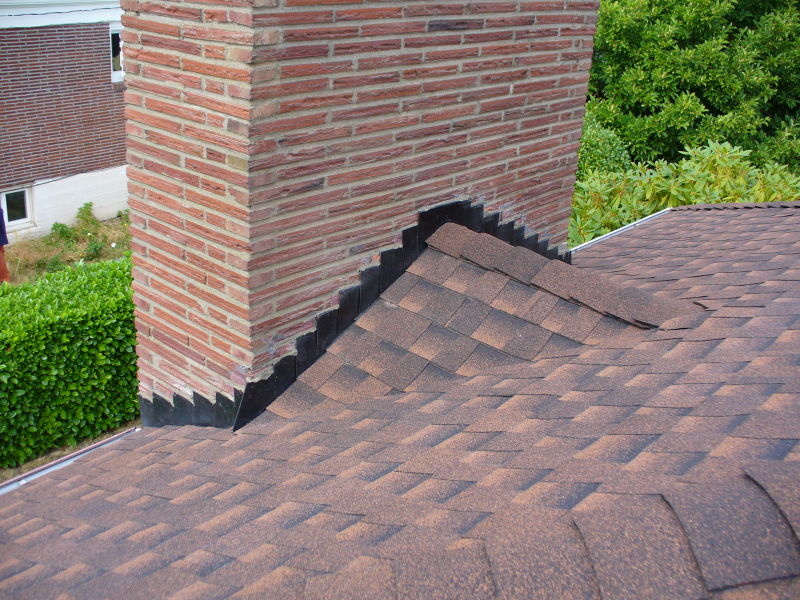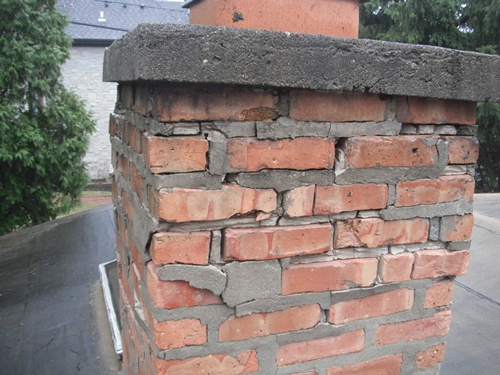Understanding Rooftop Attachment Impacts
Antennas and Satellites: Hidden Roof Threats
While it may seem surprising, foreign objects such as antennas and satellite dishes can significantly accelerate your roof’s deterioration. These necessary installations create multiple problems that affect shingle integrity and waterproofing capabilities. The optimal placement for signal reception typically requires mounting at the roof’s highest point, creating a long-term maintenance challenge.
Three Primary Concerns
Rust Development Metal components that aren’t properly sealed or made from corrosion-resistant materials can develop rust that transfers to your shingles. This corrosion not only creates unsightly streaks but actively degrades shingle materials, reducing their lifespan and protective capabilities.
Bird Activity Antennas, dishes, and similar projections provide attractive perching spots for birds. Their droppings contain acidic compounds that can deteriorate shingle surfaces and eventually compromise waterproofing. This biological damage occurs on both older organic-based shingles and modern fiberglass varieties.
Penetration Points Every attachment point creates holes in your roofing system that can become future leak sources. Even properly sealed penetrations eventually create vulnerability as materials age, weather conditions cause expansion and contraction, and sealants deteriorate over time.
